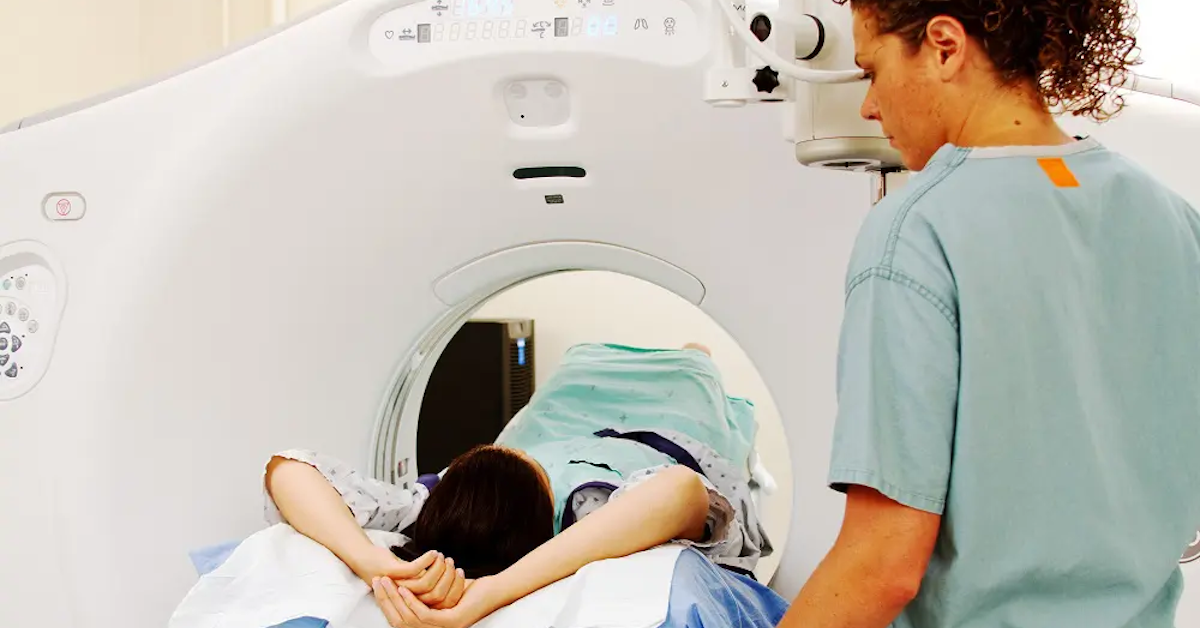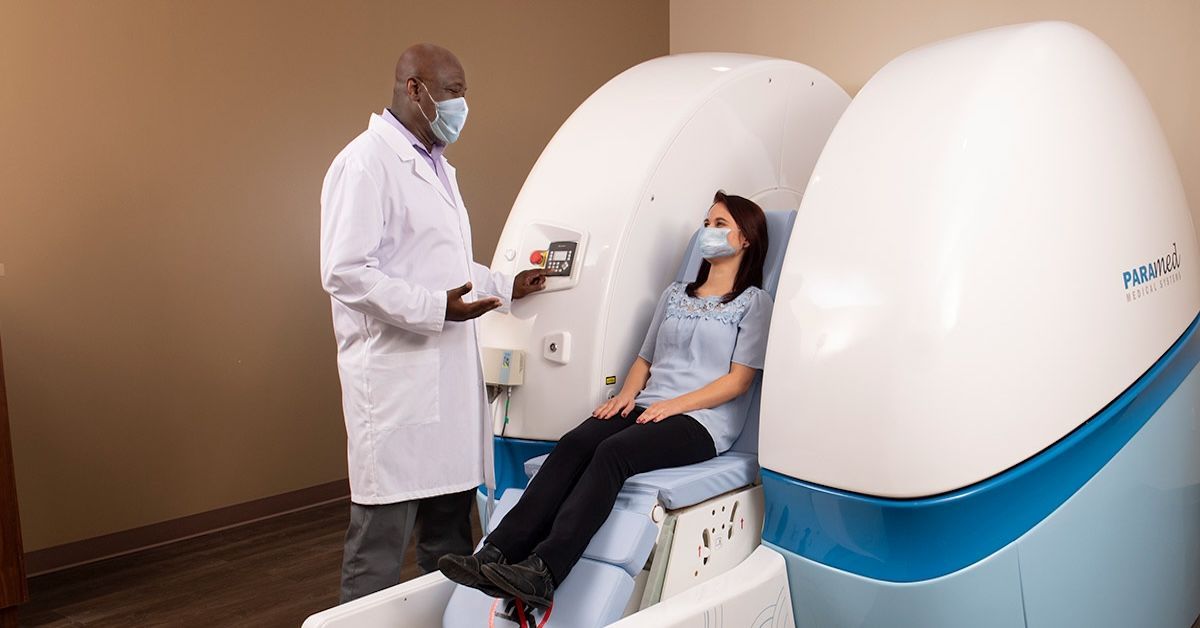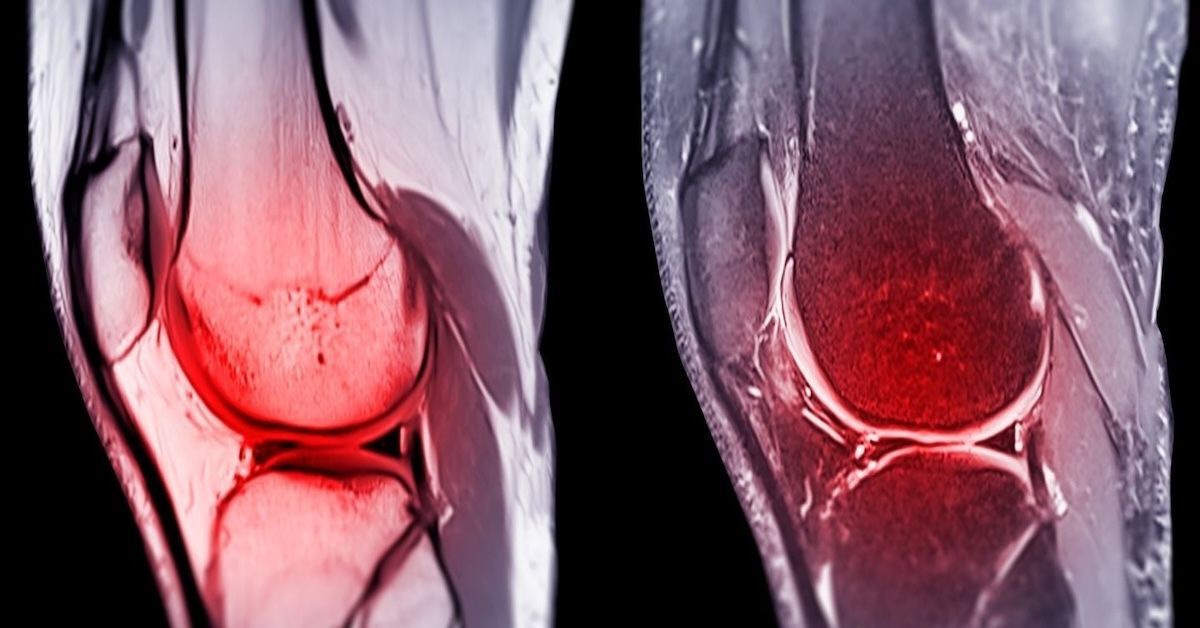How Can MRI Shoulder Scans Help in Decoding Shoulder Health?
Shoulder pain can be a real game-changer, affecting everything from basic daily tasks to your overall quality of life. Whether it's a dull ache or a sharp, debilitating pain, figuring out the cause is essential for proper treatment. One of the most powerful tools in diagnosing shoulder issues is the MRI scan. With its detailed images, an MRI can uncover the hidden problems that other imaging techniques might miss. Let's explore how MRI shoulder scans can help decode the mysteries of shoulder health.
Understanding MRI Technology
MRI, or Magnetic Resonance Imaging, is a cutting-edge technology that uses strong magnets and radio waves to create detailed images of the inside of your body. Unlike X-rays, which are great for viewing bones, MRIs excel at providing clear pictures of soft tissues. This makes MRI the preferred method for examining muscles, tendons, ligaments, and other soft tissue structures in the shoulder.
Anatomy of the Shoulder
The shoulder is a complex joint with a wide range of motion, making it susceptible to various injuries. It's made up of bones (humerus, scapula, and clavicle), muscles, tendons, ligaments, and cartilage. Common shoulder problems include rotator cuff tears, labral tears, arthritis, and bursitis. Understanding the anatomy of the shoulder helps in appreciating how MRI scans can diagnose specific issues.
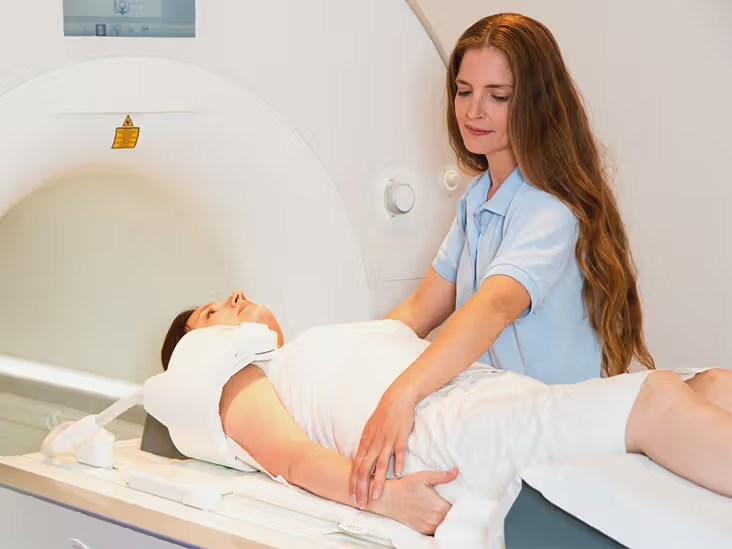
The Role of MRI in Diagnosing Shoulder Issues
MRI scans are incredibly useful for diagnosing a variety of shoulder problems. Here's how:
Detecting Soft Tissue Injuries
One of the primary advantages of MRI is its ability to reveal soft tissue injuries. Whether it’s a torn rotator cuff, a strained ligament, or damaged tendons, MRI can pinpoint the exact location and extent of the injury. This level of detail is crucial for developing an effective treatment plan.
Identifying Structural Abnormalities
MRI scans can also detect structural abnormalities in the shoulder joint. This includes bone spurs, cartilage damage, and joint irregularities. These issues might not be visible on X-rays or CT scans but can significantly impact shoulder function and cause pain.
Assessing Inflammation and Swelling
Inflammation and fluid buildup are common signs of underlying shoulder problems. MRI is excellent at showing these conditions, helping doctors understand the cause of pain and discomfort. By identifying inflammation, doctors can tailor treatments to reduce swelling and relieve symptoms.
Benefits of MRI Shoulder Scans
MRI shoulder scans offer several key benefits that make them an essential tool in diagnosing and treating shoulder problems.
Non-Invasive and Safe
MRI is a non-invasive procedure, meaning it doesn’t require surgery or any kind of incision. It’s also free from radiation, making it a safer option compared to other imaging techniques.
High-Resolution Images
The clarity and detail of MRI images are unparalleled. This high resolution allows doctors to see even the smallest abnormalities in the shoulder, leading to more accurate diagnoses.
Comprehensive View
MRI can capture images from multiple angles and planes, providing a comprehensive view of the shoulder. This 3D perspective is invaluable in understanding the full extent of an injury or condition.
Early Detection
MRI is capable of detecting issues early on, sometimes before symptoms become severe. Early detection can lead to more effective treatment and a better chance of full recovery.
The MRI Procedure for Shoulder Scans
Understanding what to expect during an MRI scan can ease any anxiety about the procedure.
Preparation
Before the scan, you’ll need to remove any metal objects and change into a gown. It’s also important to inform the technician if you have any metal implants or devices in your body.
The Scanning Process
During the scan, you’ll lie down on a table that slides into the MRI machine. The procedure is painless, but you’ll need to stay still to ensure clear images. The machine makes loud noises, but you’ll be given earplugs or headphones to reduce the sound.
Post-Scan Experience
After the scan, you can return to your normal activities immediately. The radiologist will analyze the images and send a report to your doctor, who will discuss the results with you.
Interpreting MRI Results
Interpreting MRI results requires expertise. Here’s a brief overview of what to expect:
Understanding the Report
An MRI report includes detailed information about the findings, such as the presence of tears, inflammation, or structural abnormalities. It’s written in medical terminology, so don’t hesitate to ask your doctor to explain any confusing terms.
Common Findings
Typical results might show soft tissue injuries, joint abnormalities, or signs of inflammation. Each finding has specific implications for your treatment plan.
Consultation with Specialists
It’s crucial to discuss your MRI results with an orthopedic specialist or radiologist. They can provide a comprehensive diagnosis and recommend the best course of action based on the findings.
Treatment and Management Based on MRI Findings
Once your MRI results are in, your doctor will outline a treatment plan. Here are some common approaches:
Conservative Treatments
Non-surgical options include physical therapy, medications, and lifestyle modifications. These treatments aim to relieve pain, improve mobility, and strengthen the shoulder.
Surgical Interventions
In cases where conservative treatments aren’t effective, surgery might be necessary. MRI findings help surgeons plan the procedure, whether it’s arthroscopic surgery for a tear or joint replacement for severe arthritis.
Rehabilitation and Recovery
Post-treatment rehabilitation is vital for a successful recovery. MRI can also be used to monitor progress and ensure that the shoulder is healing properly.
Future of MRI Technology in Shoulder Health
MRI technology continues to evolve, offering even better diagnostic capabilities.
Advancements in MRI Technology
New advancements are improving the clarity and speed of MRI scans, making them more efficient and comfortable for patients.
Potential Developments
Future developments may include enhanced imaging techniques that provide even more detailed views of the shoulder, aiding in earlier detection and more precise treatments.
Conclusion
MRI shoulder scans are a powerful tool in diagnosing and treating shoulder problems. They provide detailed images of soft tissues, reveal structural abnormalities, and help in assessing inflammation. Whether you're dealing with a sports injury or chronic pain, an MRI scan can offer the insights needed for effective treatment. For expert advice and state-of-the-art imaging, contact Upright MRI of Deerfield. We're here to help you get back to your best self.
SHARE THIS POST:
Leave a Comment:

The World's Most Patient-Friendly MRI. A comfortable, stress-free, and completely reliable MRI scan. We offer patients an open, upright, standup MRI experience that helps those who are claustrophobic and stress being in a confined area. Upright MRI of Deerfield is recognized as the world leader in open MRI innovation,
Our Recent Post
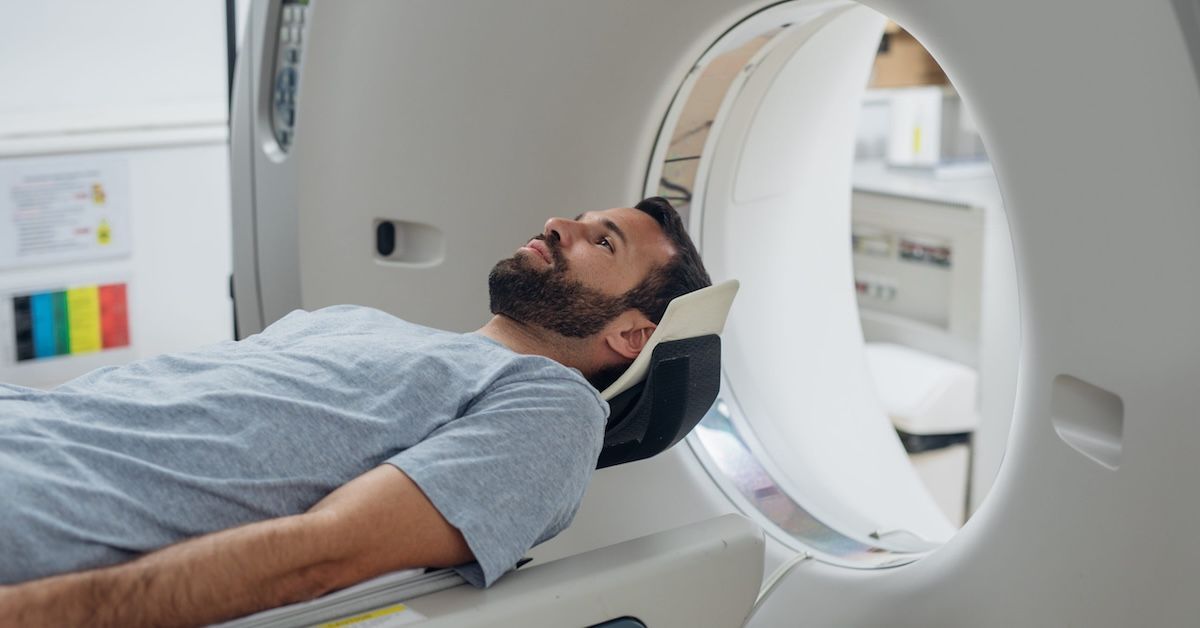

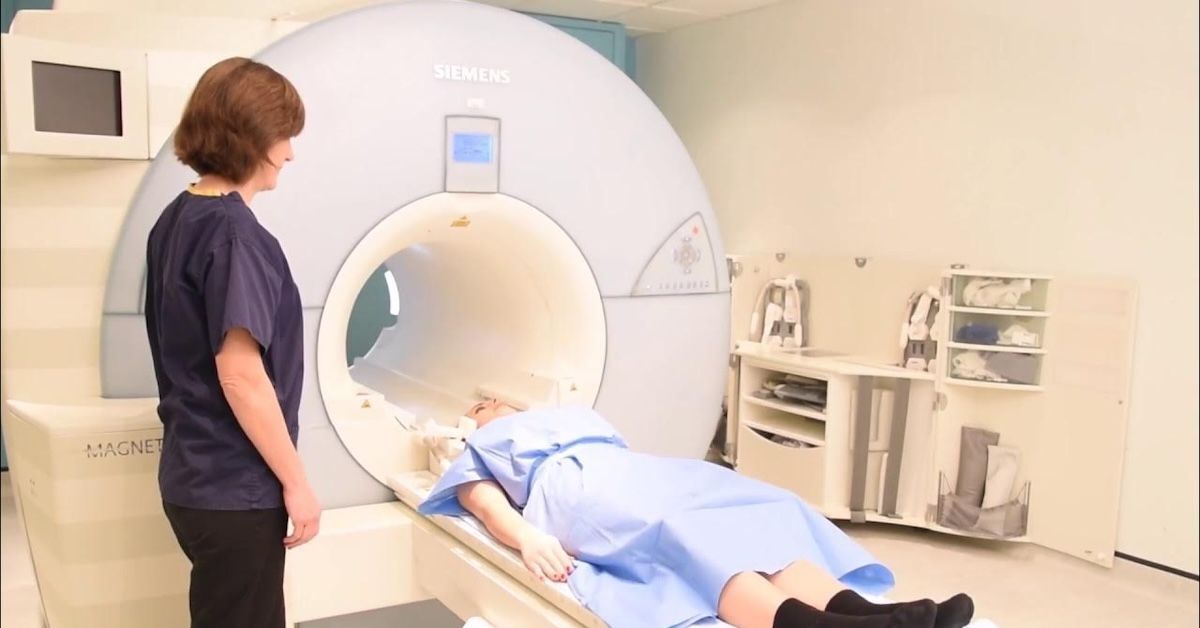
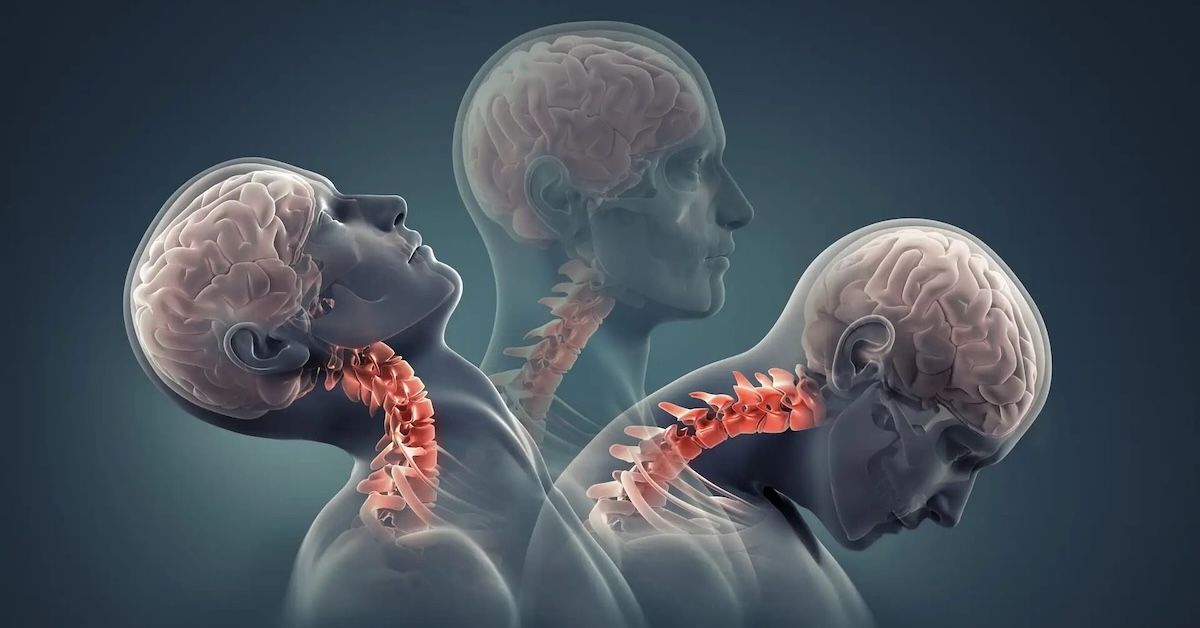
READ PATIENT TESTIMONIALS
Upright MRI of Deerfield.
Susan D.,
Highland Park, 39
I am going to tell everyone about your office! This was a great experience after I panicked in other MRI machines and had to leave. Thank you so much.

Judith B.,
Milwaukee, 61
I suffer from vertigo and other MRIs do not work. This was wonderful…absolutely NO discomfort at all. The MRI was so fast…I wanted to stay and watch the movie! Mumtaz was great. His humor really put me at ease. I’ve already recommended Upright MRI to friends.

Delores P.,
Glencoe, 55
Everything is so nice and professional with your place. I have been there a couple of times. My husband and I would not go anywhere else.



